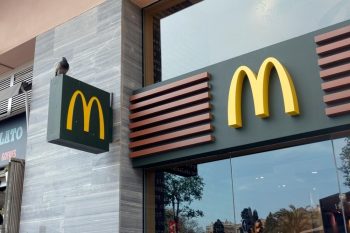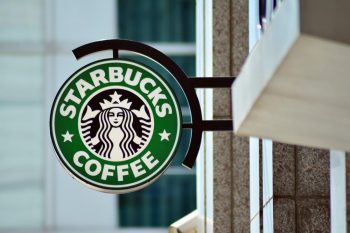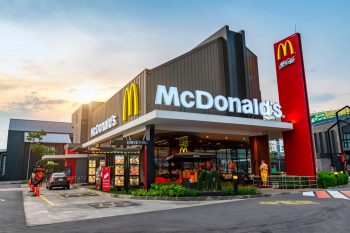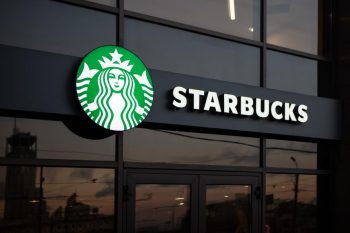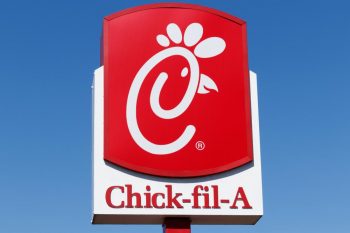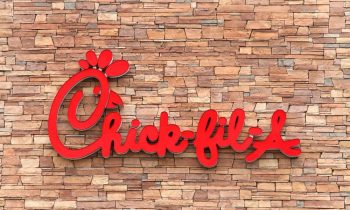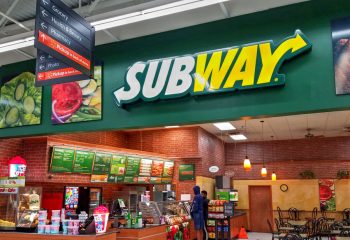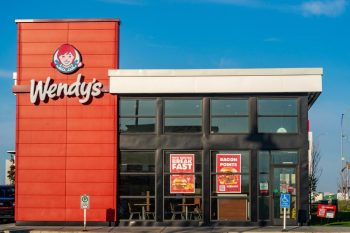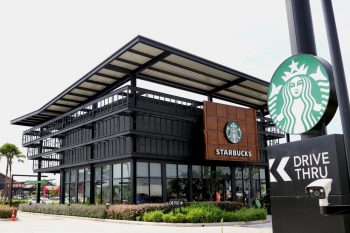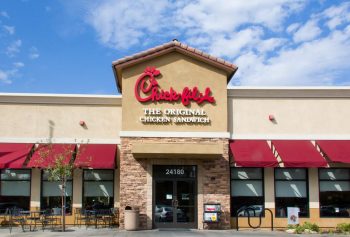
Starbucks is a US-based multinational chain of coffee houses. Since its launch in 1962, Starbucks has grown to over 33,000 stores in more than 80 countries, making it the largest coffee house chain in the world.
While the world admires Starbucks for its amazing coffee and customer service, what makes it exceptional is how it has used Information Systems to grow the company and meet customer expectations.
At Starbucks, customers enjoy getting personalized suggestions based on their past preferences, buying habits, etc., while at the store or on the Starbucks mobile app.
This level of attention to detail often leads customers to ask themselves questions whenever they order their favorite coffee from Starbucks.
What Information System Does Starbucks Use?
Management analysts often define Starbucks as being in the data business, not the coffee business, due to the personalization Starbucks offers to delight its customers and the way its systems are integrated for a seamless performance at all its coffee houses.
This attention to detail and customization is only possible due to the high-level information systems that Starbucks uses to analyze the customer data it captures at its coffee houses and online ordering platforms such as its website and mobile app.
It also uses information systems to manage its inventory and supply chain, identify store locations, and finalize menus for different locations and CRMS.
The information systems that Starbucks uses can be broadly categorized into four categories based on the different areas of operations:
- Transaction Processing System.
- Supply Chain Management System.
- Decision Support System.
- Customer Relationship Management System.
This article takes a closer look at the information systems used by Starbucks to elevate the experience of customers visiting its coffee shops.
Starbucks Information Systems
While information systems are the backbone of every customer-centric company, the way Starbucks uses its information systems is commendable due to the scale of implementation.
All the systems are integrated to ensure the smooth functioning of all the coffee shops and ensure maximum customer satisfaction while garnering the highest revenue for each coffee shop.
Transaction Processing System

This system is at the core of all Starbucks operations. It captures the transaction data for every customer transaction at Starbucks, whether in its coffee houses, online or mobile app.
The Transaction Processing System (TPS) helps collect, modify, store, and retrieve data when required. In addition, it helps Starbucks manage its inventory better and forecast future inventory requirements.
POS (Point OF Sale) systems are an integral part of the transaction processing system since they are the front-end terminals used by Starbucks employees to process customer orders.
The POS systems are also linked to the supply chain management system to help Starbucks manage and plan the inventory required at all its coffee houses across the US and worldwide.
Supply Chain Management System
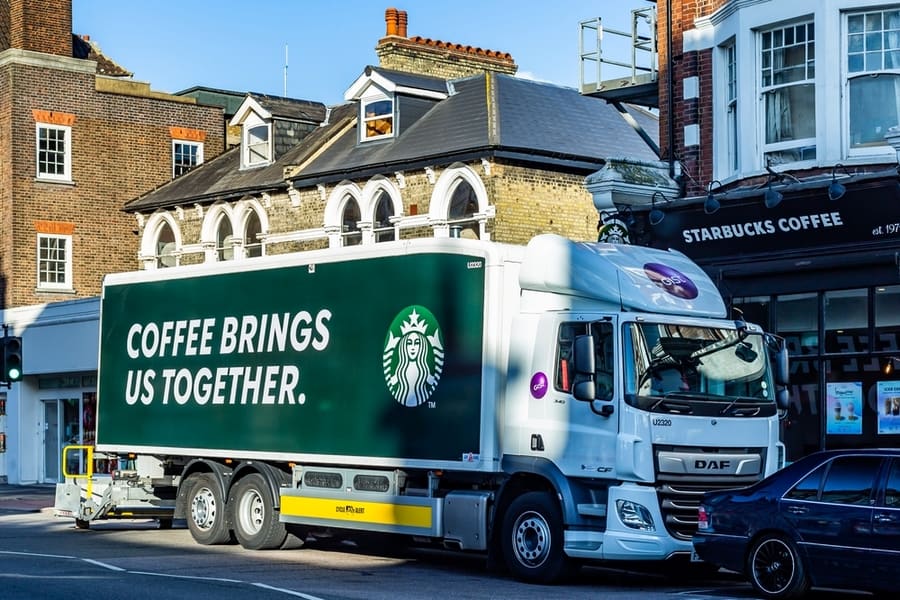
Starbucks uses the High Jump Software Supply Chain Execution System to automate its inventory management and distribution across all coffee shops and warehouses.
These systems collect and access the demand and requirements of each coffee shop and automate their inventory orders which are then delivered by the delivery companies associated with each coffee shop.
The high efficiency and robustness of these systems help Starbucks avoid wastage and ensure quality monitoring and on-time deliveries to the coffee shops so that they are never out of stock of high-demand items.
Decision Support System

This is one of the core information systems of Starbucks, as it helps the management of Starbucks make key decisions associated with the growth and operations of the company.
This system is accessible only to the parent company in the US, which takes all the decisions relevant to store openings, product launches, etc.
One of the key applications of the Decision Support System is to help Starbucks identify probable store locations. Starbucks uses Atlas, a business intelligence and mapping tool, to determine the viability of a store location based on different parameters such as the proximity of other Starbucks coffee shops, demographics, population, etc.
Customer Relationship Management System (CRMS)
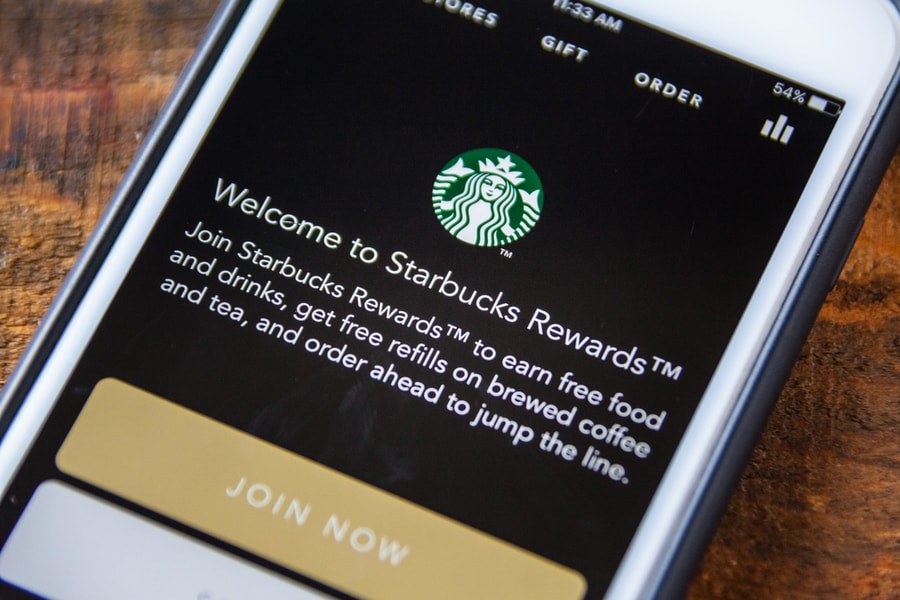
Starbucks CRMS helps it personalize and enhance the experience of customers visiting Starbucks.
With over 90 million weekly transactions from over 25,000 coffee shops worldwide, Starbucks is sitting on a treasure of information it can use to its advantage.
Some of the areas where Starbucks uses its CRMS systems are:
1. Creating Personalized Experiences
Using the data collected through its rewards program and past purchases, Starbucks can personalize its offerings to customers. For example, it makes recommendations based on the customer’s previous purchases and presents all the new launches the customer will most likely purchase.
2. Personalized Promotions
Apart from suggesting new products, the CRMS system, in integration with AI, helps Starbucks send personalized offers and promotions to customers on special days such as Birthdays, Wedding Anniversaries, and festivals.
It also sends out emails and messages to customers who have not visited any of their coffee shops lately and informs them of the latest products available with the coffee shop.
Conclusion
Every business needs to invest in a flexible and vibrant information system to serve its customers better and grow the business.
Starbucks is no exception and has invested in the latest information systems to help it build more stores, manage its supply chain, manage and plan inventory and serve its customers better by introducing its latest products and offers.
Thanks to Starbucks’s diverse information systems, it can minimize wastage and boost profitability in all its coffee shops while being up-to-date with the latest food trends, which helps it plan its menu worldwide seamlessly and smoothly.
Frequently Asked Questions
Does Starbucks Use Only One Information System?
No. Starbucks uses integrated information systems for better efficiency and smooth operations.
Each information system has been designed for a specific role based on parameters relevant to a specific aspect of the business.
How Do the Information Systems Help Starbucks Serve Customers Better?
The information systems provide key data to Starbucks on the customer’s preferences and past purchases, based on which the Barista in the coffee shop can make recommendations to the customers who visit the outlet.
It also helps Starbucks create personalized offers and discounts based on special events in the customer’s life.

